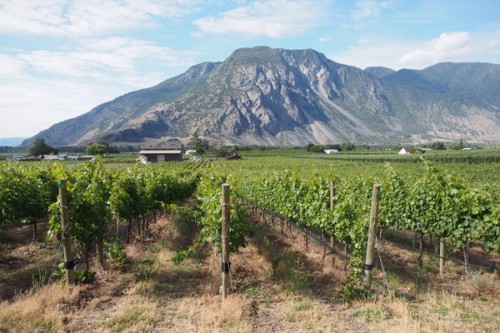
The Similkameen Valley is a peaceful yet dramatic place. Running parallel to the Okanagan, it lacks the lakes, but makes up scenery wise by being hemmed in moodily by mountains. It’s named after the Similkameen River that runs through it. The valley has an almost alpine feel, and I reckon this is one of the most exciting viticultural areas in Canada. As yet, however, its potential is somewhat untapped.
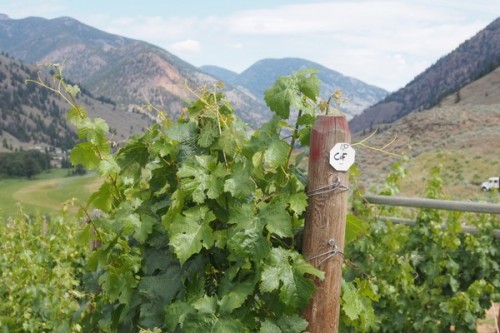
This is the organic capital of Canada. Just over 40% of the agricultural land here is farmed organically, which is a really high percentage. Aside from the farming (irrigation is pretty much essential because of the desert-like conditions), this would all be sage brush and rattlesnakes.

The lack of large water bodies, with their moderating influence, means that the Similkameen tends to have a more extreme climate than the Okanagan. The result is larger diurnal temperature swings and frequent strong winds moving large masses of air rapidly through the valley. The result is low disease pressure and preservation of acidity. This is a huge advantage, because we have here a combination of what looks like quite a warm climate (in terms of growing degree days it’s the same as Australia’s Yarra Valley), with the ability to make wines that are fresh with good acidity: there’s no real reason to acidify here.
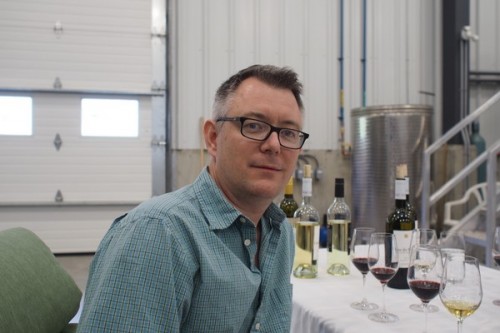
The first visit was with Michael Clark, winemaker and co-owner at Clos de Soleil. They have two vineyards totalling 17 acres, as well as buying from half a dozen growers. Farming is organic/biodynamic. ‘Historically, the Similkameen was hidden in the shadow of the Okanagan,’ says Michael. ‘Among the sommeliers, the Similkameen is hot right now.’ Compared with the Okanagan, he reckons that the wines show less of the fresh fruit character and more mineral, herbal qualities.
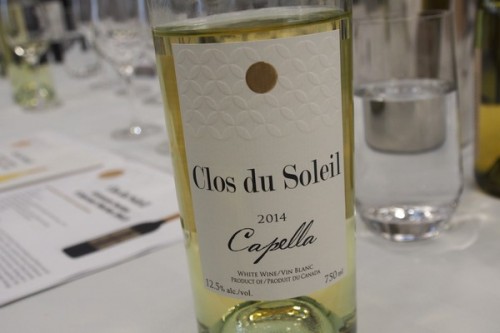
The Clos de Soleil whites are based on Sauvignon Blanc with support from Semillon, and Capella 2014, with some barrel ferment character, is really impressive. The reds are based on Bordeaux varieties, and the 2012 Signature, the flagship wine, is my favourite. I also really liked the 2012 Estate Reserve.
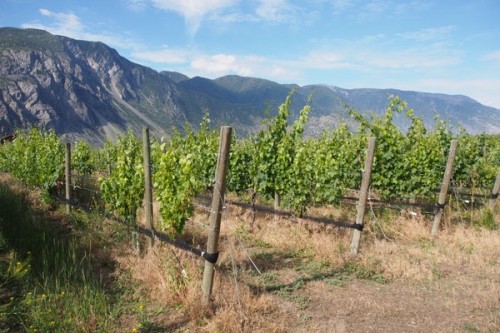
We then went on a vineyard tour, with John Weber of Orofino and Alishan Driediger of Little Farm. We stopped at the Pozza Vineyard, which John buys some Cabernet Franc from. ‘Cabernet Franc is one of the things we can expand on and focus on,’ says John, speaking of the talents of the Similkameen.
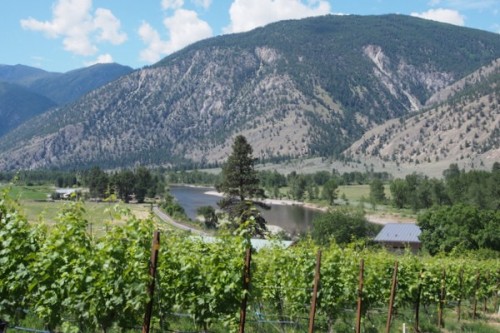
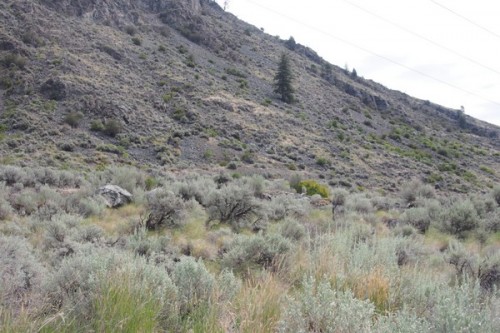
Then we had a look at the Passion Pit Vineyard and the Scout Vineyard, both of which were quite different. Finally, we went to visit Little Farm’s Mulberry Tree Vineyard in Cawston. On the way, we ran into some cowboys.

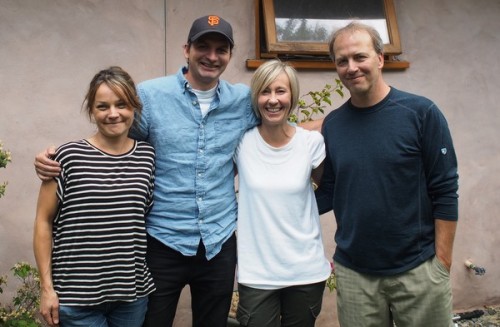
Then we headed up the road to Orofino to taste. John and Virginia Weber both came from Southern Saskatchewan, and wine was a second career. They’ve built Canada’s first and only straw bale winery, and they are making some really lovely wines.
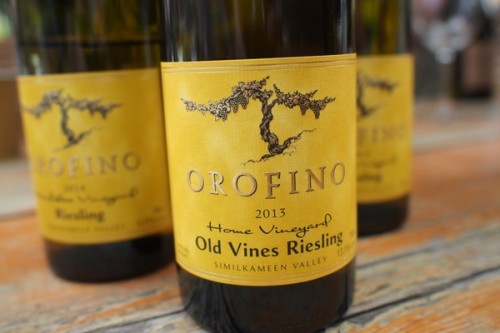
The 2014 Hendsbee, 2014 Scout and 2013 Home Vineyard Rieslings are all fine and balanced. The Syrah is also impressive: we tried the 2009 and 2012 vintages, but my preference was for the lovely peppery 2011. In 2015 a Wild Ferment Syrah was made and this is aged in local concrete (a water cistern), and it is so silky and smashable. The surprise, though, was a vertical of the Passion Pit Cabernet Sauvignon. This is a really serious expression of Cabernet with lovely bright, elegant fruit.
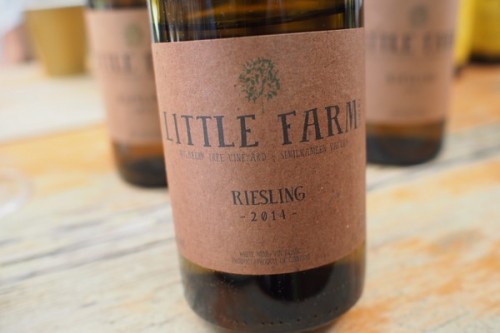
Little Farm Winery is a small operation run by Rhys Pender and Alishan Driediger, based on their Mulberry Tree Vineyard at the back of their home in Cawston. The vines were planted in 2009 and debut vintage was 2011. Wines are made pretty naturally, and grapes are picked early to preserve their natural acidity. A vertical of Riesling, from 2012 until the unreleased 2015, really impressed. They are pure and precise expressions of Riesling with high acidity, and I had a preference for the 2014. Chardonnay here is not typical: it’s pretty Chablis like, with high acidity and some waxy, pithy notes. Again, 2014 got my nod. These are really lovely, distinctive wines: not crowd pleasers, and a work in progress, but just delicious and precise.
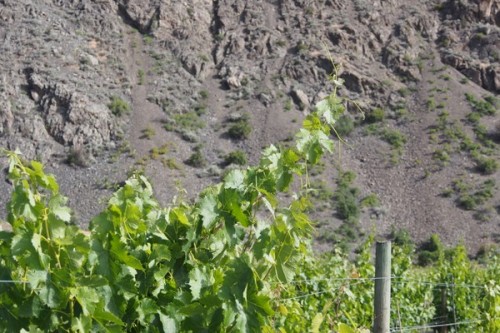
I later asked Rhys Pender why he thinks the Simikameen is so exciting. His first response was the soils. ‘There seems to be a lot of calcium carbonate soils and to me these always seem to give a great acidity and stony oyster shell minerality to the wines. If they are made properly to not hide it with over ripeness or oak.’ Rhys also thinks that the region produces wines with a good flavour and tannin profile. ‘There is an elegance to the tannins on Similkameen reds and the fruit profile seems to combine red and black fruits. The wines aren’t singularly intense like the south Okanagan but more elegant and restrained somehow. It feels a little more old world in some ways.’ But he also points out that there are challenges, namely winter damage, and wind. ‘The river probably keeps some good air movement and there is often a strong wind but winter kill and bud damage is a reality we have to face. We try to mitigate it with moderate crops harvested early to give the vines lots of time to harden up for winter.’ The wind can snap shoots and interfere with flowering, but it also has benefits. Economically, Rhys says that the remoteness of the valley is an issue, too. ‘Similkameen wineries see only a fraction of the traffic of the Okanagan so can’t rely entirely on cellar door sales to sell everything. Although this could be seen as a benefit in that it pushes you to make quality as there are no easy sales.’
There aren’t a lot of vines here in the Similkameen – just 600 acres or so – but there’s a lot of potentially fine vineyard land here that’s not planted yet. The results that are being achieved by these three producers suggest that there’s a lot of untapped potential here for fine wines. A region to watch.
Leave a Comment on In the Similkameen Valley, BC, Canada